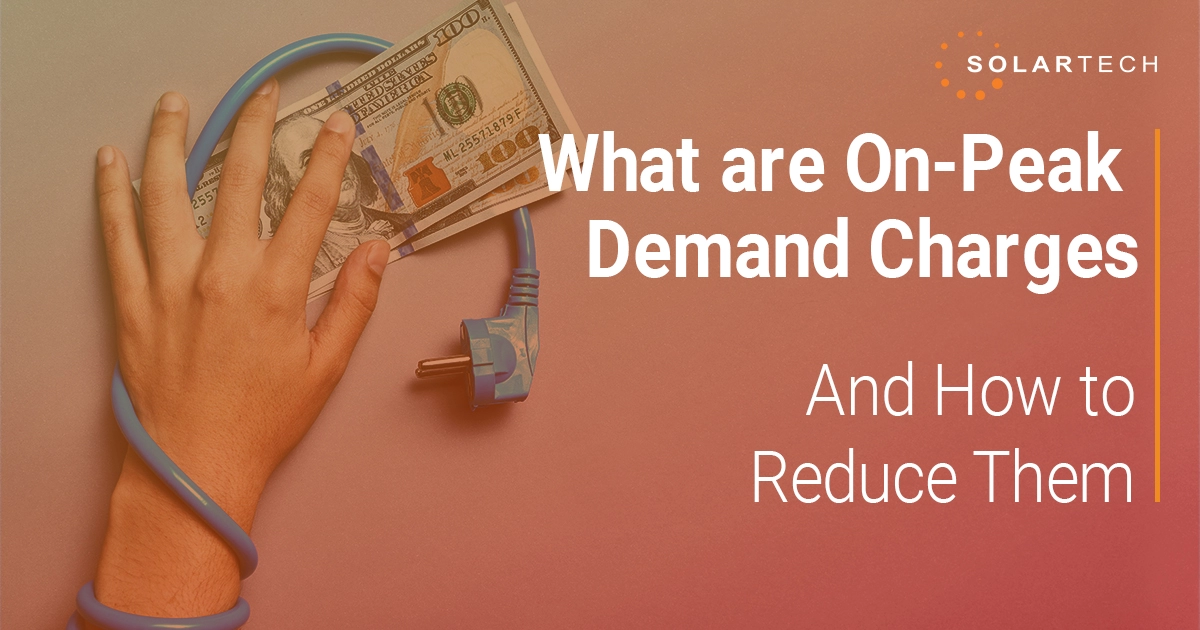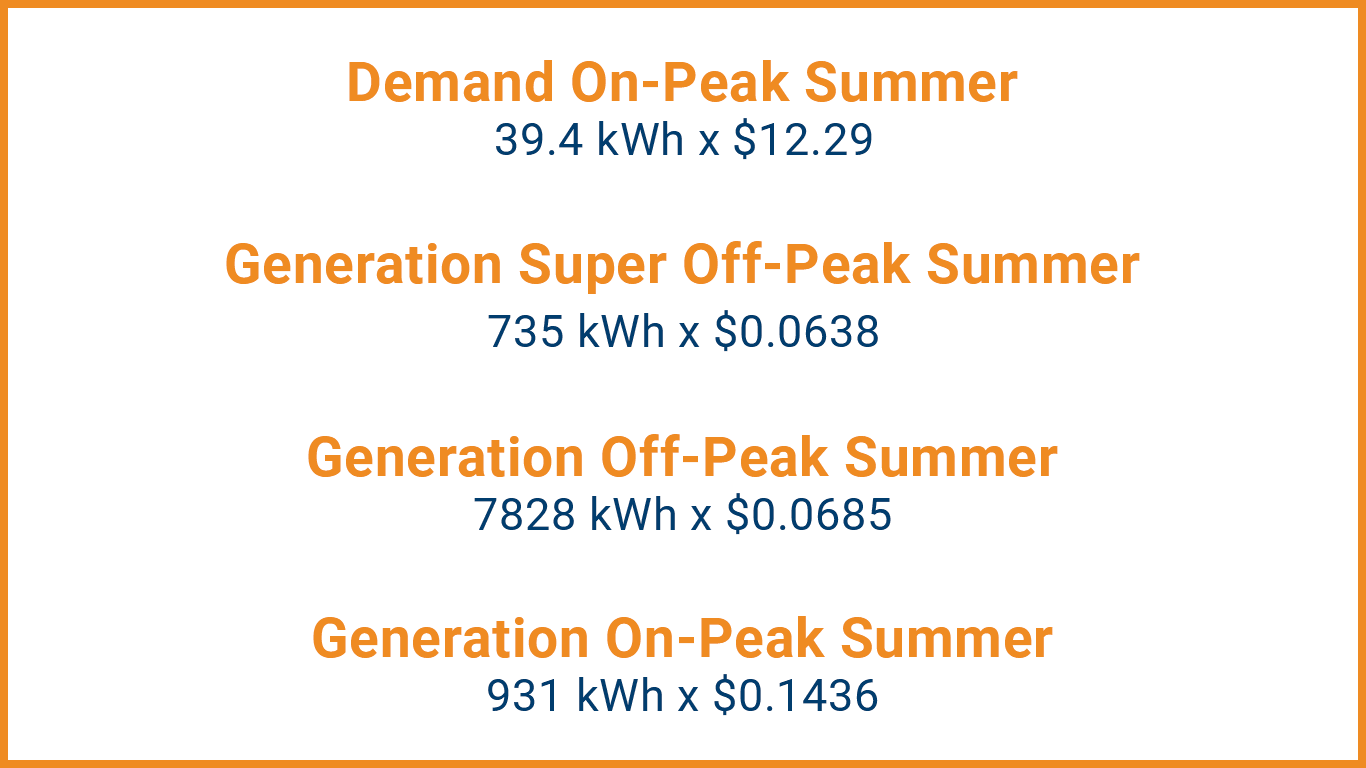What are On-Peak Demand Charges, and How to Reduce Them

California is known for its sunny climate and commitment to renewable energy, but unfortunately, it also has some of the highest utility rates in the country. The three major utility companies in California, Southern California Edison (SCE), San Diego Gas & Electric (SDGE), and Pacific Gas and Electric (PG&E), have seen a massive increase in rates over the past few years.
These high rates are a burden for Commercial property owners and businesses. One of the biggest concerns and largest costs on these bills is on-peak demand charges, which are higher rates charged by utility companies during times of high demand. SCE and SDGE both have time-of-use (TOU) rate plans, which means that customers pay different rates for electricity depending on the time of day and day of the week. Peak hours, when rates are the highest, typically occur between 4 pm-9 pm, when electricity demand is at its highest.
Commercial solar panels are an excellent way for businesses to reduce their electricity bills and offset the high utility rates in California.
Unfortunately, energy production is near minimal at those peak times, so we’ll show you some ways on how to reduce on-demand charges, with or without solar.

Source: Average SDGE clients’ rates on their bills.
#1 Rate Plan Switch
With a commercial solar installation, a change in the rate plan will lead to lower demand charges and increase overall savings on the electric bill. For SCE customers, we recommend a switch to the TOU-E-CPP plan while SDG&E customers change over to the DG-R plan. In these rate schedules, the off-peak and super-off-peak rates are increased compared to other plans, but on-peak demand rates are decreased significantly. As solar produces energy in off-peak hours, the higher rates in the new plans can be offset and affect the bill minimally. On the other hand, reduced rates of on-peak charges will lead to major savings even though solar energy cannot offset the usage at those times.
#2 Battery Storage
Commercial batteries have continuously improved in cost-effectiveness over the last 10 years. Battery storage allows Property Owners to manage energy usage and reduce peak loads by powering demand between 4 pm-9 pm even though solar is not producing energy at those times. Utility companies are also offering Demand response programs where they pay for energy at extraordinarily high rates to the energy producer. Batteries are not fit for every business and property due to the costs, but SolarTech lays out an optimal solution for each customer.
#3 Energy Usage and Efficiency
If your business has high consumption loads at once, optimizing energy usage by spreading out that consumption will reduce demand charges. Simple things such as turning lights on at different times rather than simultaneously will increase savings. Having energy-efficient equipment is also another way to start cutting demand spikes.
Every property has its unique challenges and consumption loads that rely on a custom-made solution. We partner with Property Owners to analyze their bill and usage in the design stage. At SolarTech, our experts determine the most cost-effective methods, whether that is a rate switch, battery storage, energy efficiency, or all three, for each project.
At SolarTech, we partner with Property Owners to assist them in the decision of whether a Rooftop Solar or Solar Carpot presents the best return on investment. You can get this professional solar help by contacting us today.

